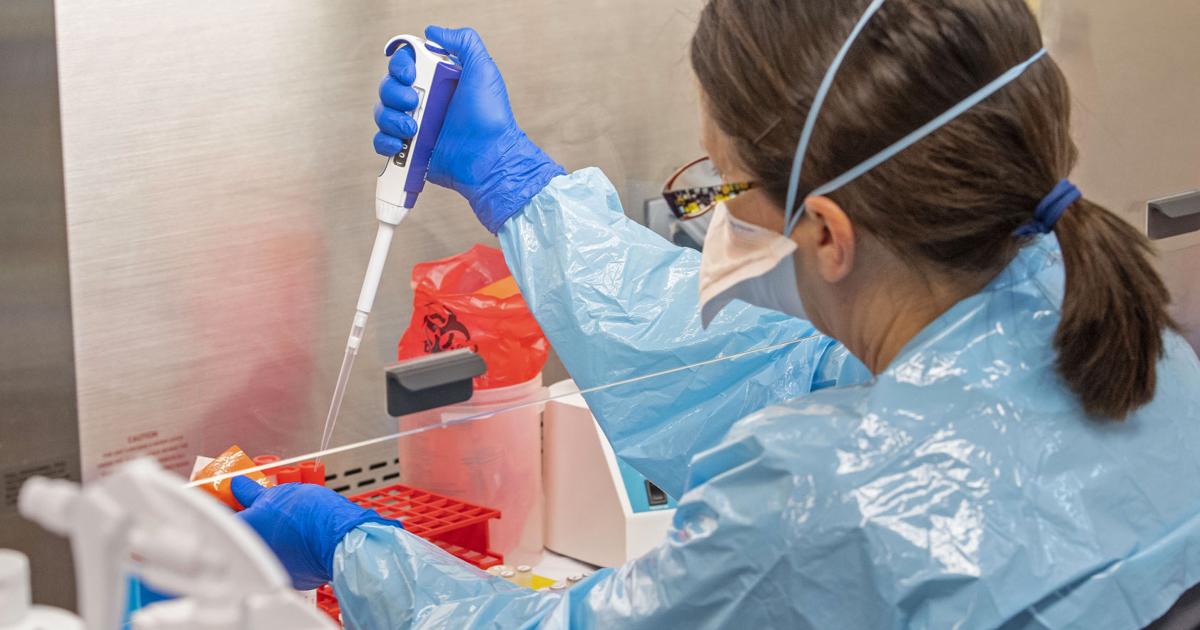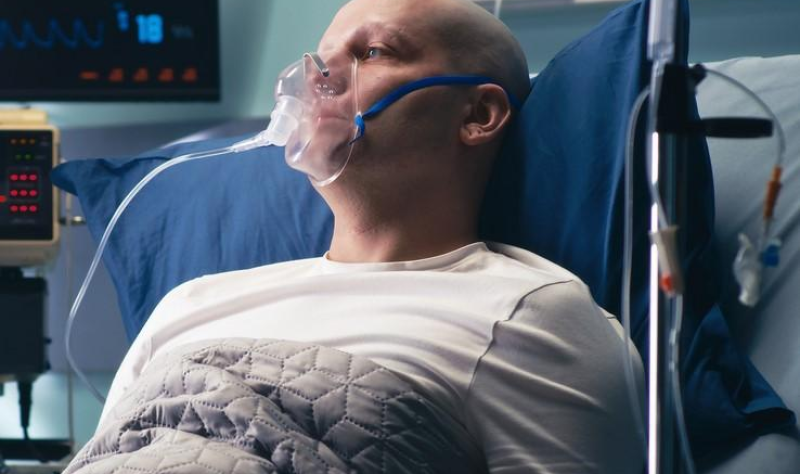A new COVID strain was discovered in Louisiana. Here’s how LSU found the first 4 patients.


Four people in Louisiana are confirmed to have contracted new subvariants of the COVID-19 Omicron variant, the first known cases of these subvariants in the United States.
The Precision Medicine Laboratory at the LSU Health Sciences Center in New Orleans says it had identified three cases of BE.1 subvariant and one case of BF.1 subvariant in tests performed on patients in Louisiana at the end of June. It will be mid-July before health officials know quickly the new subvariants spread and whether they are especially troublesome.
LSU Health New Orleans School of Medicine head of genetics Dr. Lucio Miele said in an interview that it isn’t known how the subvariants surfaced in Louisiana first. Miele suspected that it could have come from an animal or a mutation within a COVID-positive patient entering the state from outside Louisiana.
“Whether these particular subvariants are more transmissible than the already very transmissible ones that are spreading in our area, we don’t know yet,” he said. “This is precisely why we are conducting this kind of monitoring and sequencing viral isolates from various parts of the state all the time.”
LSU Health has partnered with the Louisiana Department of Health, Ochsner Health System and BioInfoExperts, a Louisiana company experienced in infectious disease bioinformation, to collect samples from COVID tests and sequence them to determine what is circulating statewide.
“The point is not to genomically sequence every case of COVID in the state, nor is it to direct or influence patient care,” said Dr. Joseph Kanter, Louisiana’s state health officer. “The point is purely to have visibility on what type of variants are circulating and in what general proportion.”
Kanter said that while he didn’t have direct information on the clinical care of the four patients who contracted the subvariants, he said they likely had recovered by the time they were discovered they carried one of the new strains.
“You typically don’t get an answer back of what variant it is in time to even make any clinical decisions,” he said. “And even if you did, the treatment wouldn’t change one bit.”
As part of its role in the collaborative process, Kanter said the Health Department is responsible for funding the sequencing of genomic research.
“We facilitate a lot of the funding and so there were CDC grants that were obtained for this specific purpose and then we sub-awarded that money to a number of entities in the state that actually perform the sequencing,” he said.
The money provided through LDH is what allows for research that will provide sequencing data for Louisiana and the rest of the world.
“Ochsner Clinic collects samples at all of their clinical locations throughout the state,” Miele said. “They send them to our lab for sequencing and then BIE performs analysis of these sequences and uploads them to a global and national database.”
While sequencing the COVID samples in their lab, researchers with LSU Health New Orleans discovered the two new Omicron subvariants.
The discovery comes as the number of daily deaths soars over estimates during this time last year.
During the Fourth of July weekend, there were around 360 average daily deaths from COVID-19 in the United States. Last year, it was around 228 in early July, the lowest threshold in U.S. daily deaths since March 2020, when the virus first began its U.S. spread.
But there were far fewer reported cases at this time last year — fewer than 20,000 a day nationally. Now, it’s about 109,000 — and likely an undercount as home tests now available more widely are not routinely reported.
Miele said new subvariants can spread quickly, using the prevalence of the BA.4 and BA.5 subvariants as an example of how the proliferation of new subvariants can impact a local community.
“To give you an idea, BA.4 and BA.5 are currently the most prevalent subvariants of Omicron in our area and they went from nothing to 18 percent and then 44 percent of our sequences in the space of two weeks,” he said.
According to LSU Health officials, BA.4 and BA.5 seem to have the ability to infect people who were immune to earlier variants and subvariants. Some have also shown resistance to monoclonal antibodies used to reduce the severity of COVID-19.
Miele said that LDH knows which hospital or hospitals treated the BE.1 and BF.1 subvariant patient cases and will likely want more sequencing research done at LSU Health New Orleans labs in the next few weeks.
With only a few patients to test sequencing on so far, Miele said that information about how the subvariants will impact the vaccinated and unvaccinated populations is up in the air as well.
“The real proof is whether or not any new variants that are isolated start spreading and then we can compare vaccinated and unvaccinated people,” he said.
Now, Miele said, it is a waiting game while researchers gather more data and continue testing to monitor how harmful the new subvariants could be.
“If something can compete with the existing subvariants, we’re going to see it and we’re going to see it soon,” Miele said.



